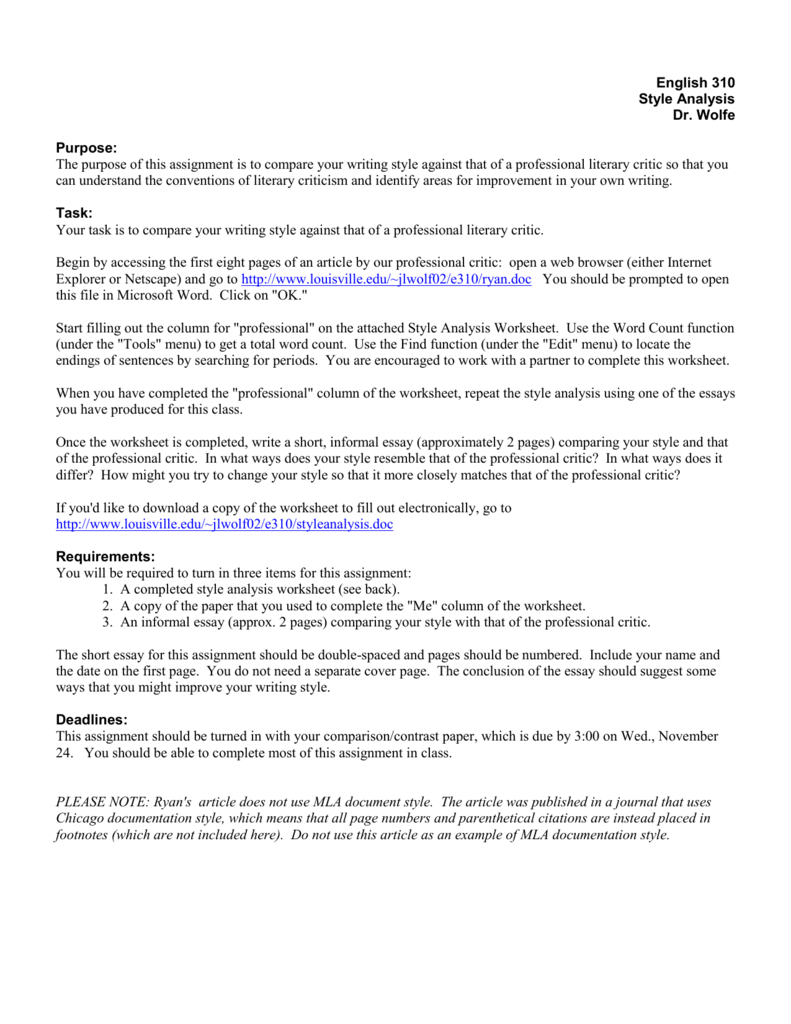Sonnets from the Portuguese - The British Library.
Analysis In the first two lines of “Sonnet 13”, Elizabeth Barrett Browning asks Robert if he wants her to write how she feels about him. In lines 3 and 4, she uses the metaphor of a torch in rough winds, which is meant to enlighten what is between them. In line 5, she drops it and goes on to say she cannot describe what she feels between them.This sonnet sequence by Elizabeth Barrett Browning (1806-1861) first appeared in Poems (1850). The title was misleading, as they were not in fact translations from Portuguese originals. This was a deliberate attempt to mask the poems' intimate content: they were composed before her marriage to Robert Browning in 1846, and the suggestion that they were translations allowed her to express her.Sonnets from the Portuguese seems to have been the first English sonnet sequence since Edmund Spenser’s Amoretti (1595) whose courtship concluded in marital union. As the scholar Natasha Distiller writes, Barrett Browning depicts herself “coming to terms with having love, not. with wanting love.”.
Sonnets from the Portuguese (XXIV) by Elizabeth Barrett Browning Prev Article Next Article “ let the world’s sharpness ” is a is a Petrachan sonnet, also known as an Italian sonnet.This is Sonnet XLIII in “Sonnets from the Portuguese”. It’s also a sonnet, but it is in the model of Italy which is popularized by Petrarch. This means the third poem and the first one have great differences. Because of these widely different poems, the world of poetry can be so splendid and vibrant.

As the prescribed text, “The Great Gatsby” by F. Scott Fitzgerald and the prescribed sonnets from “Sonnets from the Portuguese” by Elizabeth Barrett Browning show, we can see the changes in perspective from the Victorian Era, compared to that of the Post-WWI period, the roaring 20’s.












